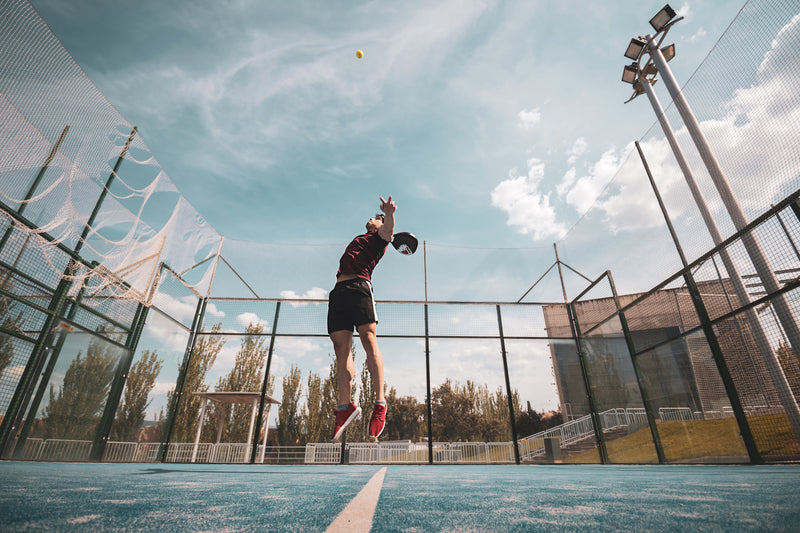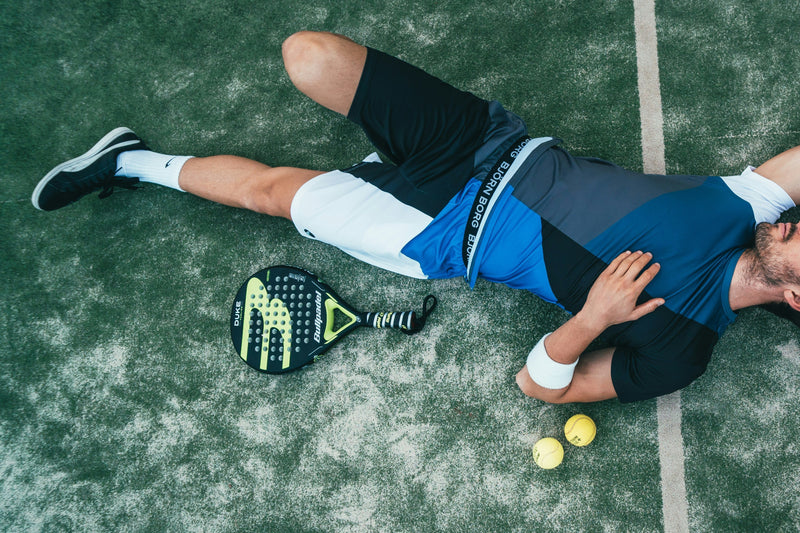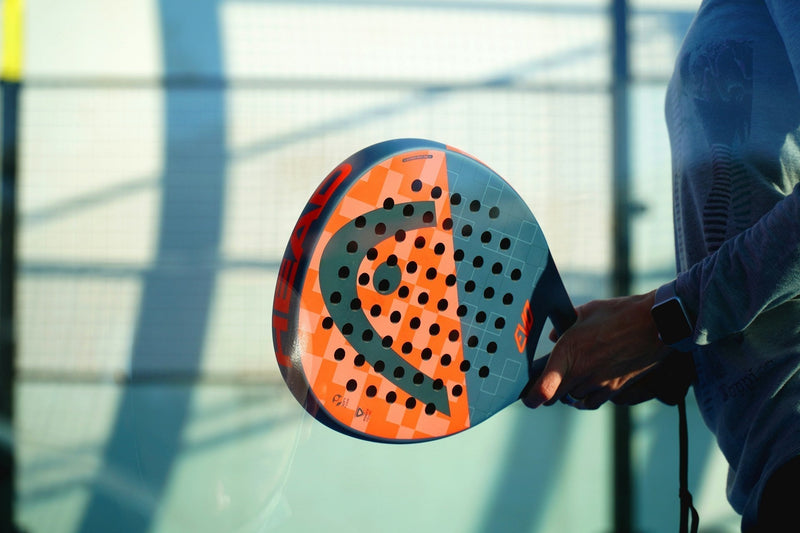Find the perfect padel racket for your game at Momentum Sports. Our padel racket range suits every skill level, from beginners who want control to advanced players who seek better power. Each padel racket in our collection helps you play better and enjoy this exciting racket sport.
The perfect racket depends on your ability and playing style. Beginners need round shape rackets with large sweet spots that provide control and forgiveness. Intermediate players can handle teardrop shapes that offer better power but maintain control. Advanced players often choose diamond shapes or carbon fibre construction for maximum power and professional level performance.
Lightweight rackets help beginners develop proper technique and allow quick movements at the net. Heavier rackets generate more power and give better stability for groundstrokes, but they require more strength to control properly. Most padel players find success with medium weights that balance power generation with comfortable handling.
Smaller grips give you more control and work well if you have smaller hands or want precise ball placement. Larger grips provide more stability and reduce vibration, which helps if you have larger hands or experience wrist discomfort during long court sessions.
Rough surfaces help you generate more spin and improve control over ball placement, making them great for players who rely on variety in their playing style. Smooth surfaces produce more powerful shots with less effort but give you less spin control. Most modern rackets balance both power and spin capabilities.
New players should focus on round shape rackets that offer maximum control and large sweet spots. Choose lightweight materials that provide a comfortable feel and forgive off-center hits when you learn. Look for rackets that help you develop consistent shots without causing arm fatigue.
The perforated surface reduces air resistance and makes each racket lighter without losing strength. This improves how you can move the racket and allows faster swing speeds for all skill levels. The holes also affect balance and sweet spot size, making it easier to achieve consistent shots.
You need a padel racket and proper padel footwear for grip and stability on court. Comfortable clothing that allows free movement is important. Many players add overgrips for better handle control and a sports bag to protect their equipment.
Low-density foam creates more power and gives a softer feel when the ball makes contact. This setup works well for players who want effortless power. High-density foam provides better control and precision, making it the perfect choice for players who focus on consistent shots and tactical play rather than pure power.
Padel combines elements of tennis and squash but uses shorter courts with walls that keep the ball in play. The equipment differs significantly from tennis rackets because padel rackets have no strings and use solid perforated surfaces. This creates a unique sport that requires different techniques and strategies compared to traditional racket sports.



